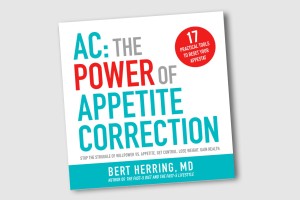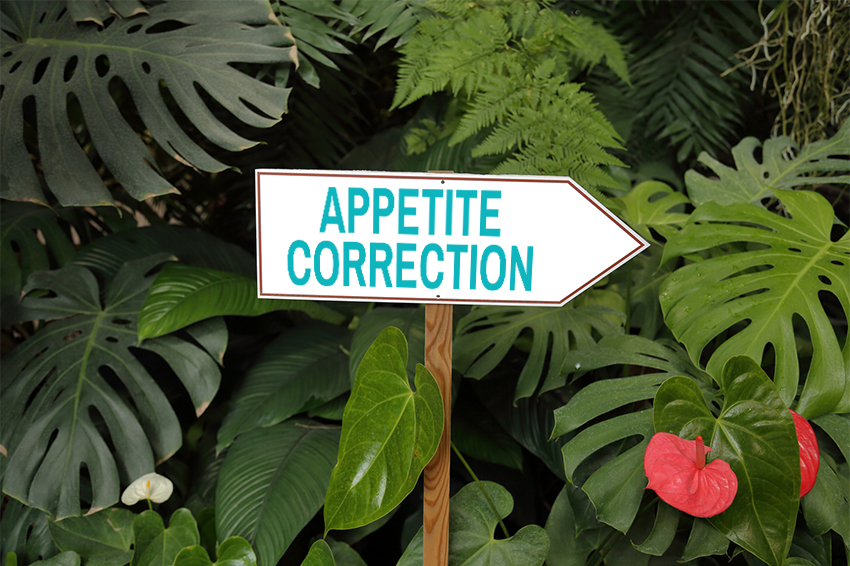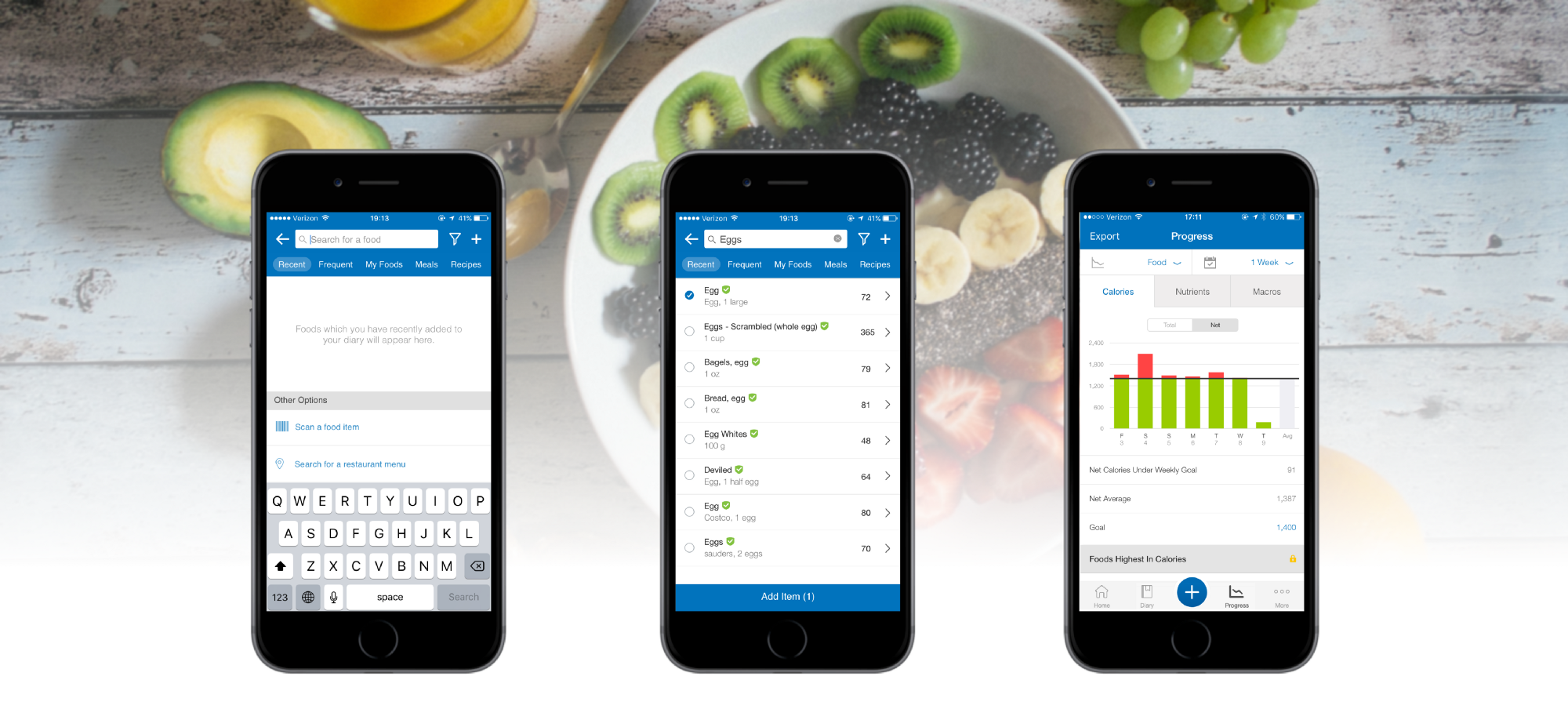(From my post on Quora.com)
Yes. It’s a built-in part of the operating system, but many people don’t know they have it, and a lot of people have let malware screw it up. The app I’m talking about is the appetite center in your brain. It’s in the middle of the core, just in front of the brainstem, near all the other important OS core functions like heart rate control and breathing control—the things you can’t control for long even if you try. It’s the same way with the appetite “app.”
Before you disregard this as wishful thinking, think for yourself for a minute. Have you ever seen a fat animal that isn’t human-fed or going into hibernation? Does a lion log the calories it consumes after killing and eating a chunk of gazelle? Does it get fat? No. Does a lion immediately go hunt another gazelle? No. What about eagles? Lizards? Sharks? Animals living in an environment of adequate food supply could eat more than they do, but they don’t. Something tells the animal it has had enough for now, and that something is the appetite center. All creatures that eat have one because it’s a primitive necessity. Even one-celled organisms have to have some sense of when they have eaten too little or too much. Eat too little? They run out of fuel and die. Eat too much? They pop. Appetite apps have been built into all kinds of animals for over a billion years—ever since eating became a thing.
So what happened to the human appetite center? Industry. It’s relatively easy to make money selling food, and food vendors have been trying to figure out how to sell more of it for over 100 years. There are food scientists working right now how to make your next bite more savory, so you buy their product instead of the competitor’s. There’s a lot of money at stake. If the adults in the USA all fixed their appetites and just stopped gaining weight (not even losing any), it would cost the food industry at least $1 billion per year. It is the job of agencies like the US Department of Agriculture (USDA) to sell food, not to promote health. The increased meal frequency promoted since the dawn of the industrial age wasn’t a problem for physically active people, but as food scientists found more addictive recipes, simple carbohydrates like sugar and flour became cheap and easy to get and food availability in the form of supermarkets and fast food ramped up, jobs, lifestyles and even kids’ activities became more sedentary. The resulting collision acted as malware, wrecking the appetite center’s ability to sense calories stored in fat, measure intake, and provide appropriate feedback by moderating appetite.
How can you fix your appetite app and shield it from the malware? The best form of appetite correction I know of is intermittent fasting. I described the 19/5 intermittent fasting schedule back in 2005 (The Fast-5 Diet and the Fast-5 Lifestyle) and realized from the success stories that there was more going on than just keeping insulin low — that helps, but what really makes a difference is appetite correction (Thus my second book, AC: The Power of Appetite Correction).
When appetite correction takes place (usually after about 3 weeks of maintaining the IF schedule) the appetite center gets an accurate inventory of both intake and surplus fat and adjusts the appetite accordingly. Many people can’t even relate to the feeling of wanting less food or having their appetite center say “You’re done!” and actually being able to stop eating. Turn down donuts before the box is empty? Leave leftover pizza? Stop eating a burger halfway through? Is that even possible? It is. An IF schedule like Fast-5 gets rid of the malware affecting your appetite center, namely eating and snacking all day. Appetite correction means you don’t have to count calories — your body’s built-in appetite app does it for you. What’s cool is that the app is free, and so is the malware remover. Experiment to find the one that works best for you.
#AppetiteCorrection
#Fast5Diet




4 comments
Why 5-10pm ? Isn’t it too late ?
I find that the window 2-7 pm is much better before bed time.
I don’t think that going to sleep with a full stomach is a good idea.
5-10pm is used as an example. You can set the 5-hour window wherever it works best for your schedule. I mentioned in the book that you can move the window, but didn’t emphasize it enough because this is the most frequently asked question about Fast-5. There’s more about it here, on the FAQ page.Fast-5 Intermittent Fasting FAQs
Does the 16:8 IF plan garner the same appetite correction results? Or does it have to be 19:5?
In some people, it may, but there’s no fixed recipe that works perfectly for everybody. 19:5 seems to work for 90+ percent of people, but a few have had to tighten their window even further. A survey we did showed better long-term results at 19:5 than longer windows. You never know what works for you until you try it, because no one has the same genes + environment + food choices + social pressures that you do.